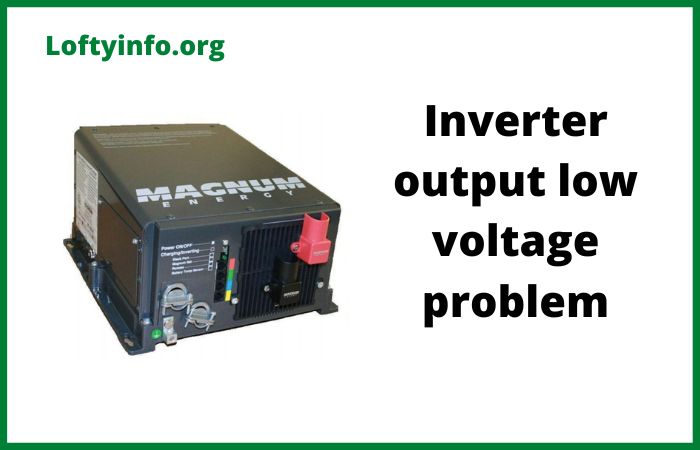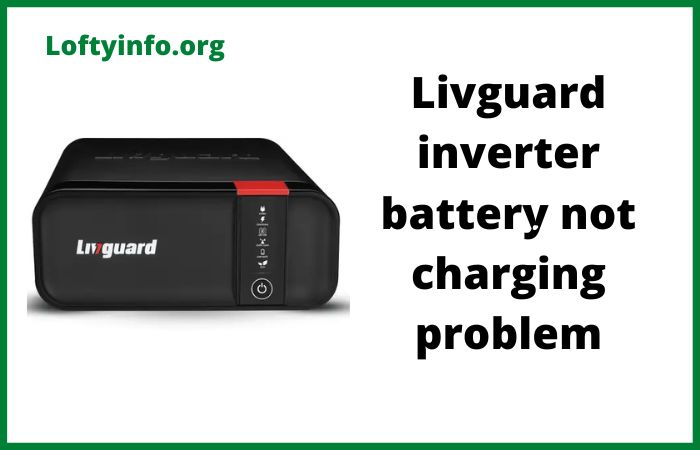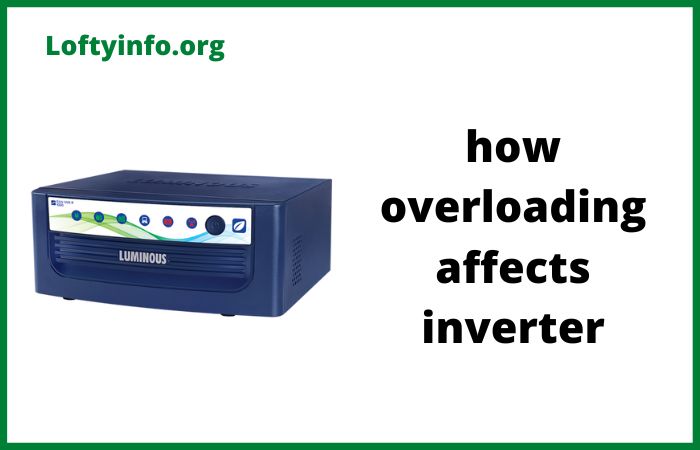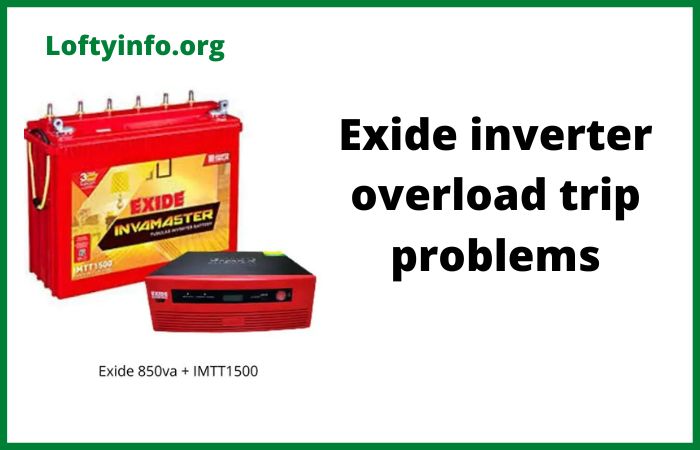Inverter Output Low Voltage Problem: Causes And Solutions
Your inverter shows it’s running but your appliances barely work.
The fan spins slower than usual and your LED bulbs glow dimmer than they should.
This frustrating scenario points to a common issue that affects thousands of inverter users: low output voltage.
When your inverter fails to deliver the standard 220V or 110V needed for proper appliance operation, understanding the root cause becomes essential for a quick fix.
An inverter’s primary job is converting DC power from batteries into AC power for household use. When this conversion produces voltage below the required threshold, your electrical devices either malfunction or refuse to operate entirely.
The problem ranges from simple fixes like loose connections to complex issues requiring professional intervention.
Let’s explore the main reasons behind inverter output low voltage problems and how to address each one effectively.
Why Inverter Output Low Voltage Problem
1) Battery Degradation and Weak Cells
The battery bank serves as the heart of any inverter system. Over time, batteries lose their ability to hold and deliver charge efficiently.
A degraded battery cannot supply the necessary DC voltage to the inverter, which directly translates to reduced AC output voltage at your appliances.
Lead-acid batteries typically last between 3 to 5 years depending on usage patterns and maintenance.
As batteries age, internal resistance increases while capacity decreases.
When you notice your inverter producing low voltage, checking battery health should be your first step.
Use a multimeter to measure individual battery voltage under load conditions.
A healthy 12V battery should read around 12.6V to 12.8V when fully charged and not connected to any load.
Sulfation represents another common battery problem that causes voltage drops.
This occurs when lead sulfate crystals build up on battery plates, reducing the active surface area available for chemical reactions.
Regular deep discharging and inadequate charging cycles accelerate sulfation.
The battery may show correct voltage when idle but drops significantly when the inverter draws current.
Individual cells within a battery can also fail independently.
A single weak cell in a 12V battery reduces overall voltage by approximately 2V, creating an immediate impact on inverter performance.
Testing each cell’s specific gravity using a hydrometer helps identify problematic cells in flooded lead-acid batteries.
2) Loose or Corroded Connections
Electrical connections form critical pathways for current flow between batteries and inverters.
Any resistance in these pathways causes voltage drops that worsen under heavy loads.
Loose terminal connections at battery posts or inverter input terminals create high-resistance points that waste power as heat.
Corrosion builds up on battery terminals and cable ends over time, especially in humid environments.
This white or greenish crusty material acts as an insulator, preventing proper electrical contact.
Even a thin layer of corrosion can introduce enough resistance to drop several volts across the connection.
The voltage loss becomes more pronounced when the inverter powers multiple appliances simultaneously.
Cable sizing matters significantly for maintaining proper voltage levels. Undersized cables cannot carry high currents without substantial voltage drops.
The longer the cable run between batteries and inverter, the thicker the cable needs to be.
Many installations use inadequate wire gauges that work fine initially but cause problems as system loads increase.
Inspect all connections from battery terminals to inverter inputs at least twice yearly.
Clean corroded terminals with a wire brush and baking soda solution.
Tighten all connections to manufacturer specifications and apply anti-corrosion gel to protect against future buildup.
Replace any damaged or frayed cables immediately with properly rated alternatives.
3) Inverter Component Failure
Internal components within the inverter itself can degrade and cause output voltage problems.
Power transistors, MOSFETs and transformers all experience wear from continuous switching operations and heat cycles.
When these components begin failing, the inverter loses its ability to efficiently convert DC to AC power at the correct voltage.
The transformer plays a crucial role in stepping up or regulating output voltage.
A damaged transformer with shorted turns or degraded insulation produces lower than normal output voltage.
Transformer issues often develop gradually, with voltage slowly declining over weeks or months rather than failing suddenly.
Capacitors in the inverter’s filtering and regulation circuits also deteriorate with age.
Electrolytic capacitors particularly suffer from a condition called capacitor plague where internal electrolyte dries out.
This reduces capacitance values and increases equivalent series resistance.
The inverter’s voltage regulation becomes unstable, leading to low or fluctuating output voltage.
Control circuit failures represent another source of low voltage problems.
The feedback circuit that monitors output voltage and adjusts the inverter’s operation can malfunction due to failed components or damaged circuit traces.
When the control circuit cannot accurately measure or respond to output voltage changes, the inverter fails to maintain proper voltage levels.
Heat damage accelerates component failure in inverters. Poor ventilation or blocked cooling fans cause internal temperatures to rise beyond safe operating ranges.
Excessive heat degrades semiconductors and dries out capacitors faster than normal aging.
Always ensure your inverter has adequate airflow and clean any dust buildup from cooling vents regularly.
4) Overloading and Excessive Power Draw
Running an inverter beyond its rated capacity creates multiple problems including reduced output voltage.
When connected load exceeds the inverter’s continuous power rating, the unit struggles to maintain proper voltage while trying to supply demanded current.
This manifests as dimming lights and sluggish appliance performance.
Inverters have both continuous and surge power ratings.
The continuous rating indicates how much power the unit can supply indefinitely while the surge rating shows brief peak capacity for motor starting loads.
Operating near or above continuous ratings stresses the inverter and often results in voltage sag. The internal voltage regulation cannot compensate for the excessive current draw.
Some appliances have high inrush currents during startup that briefly exceed normal operating power.
Air conditioners, refrigerators and power tools can draw 3 to 7 times their running current for a few seconds when starting.
If multiple high-inrush devices start simultaneously, even a properly sized inverter may show temporary voltage drops until motors reach operating speed.
Calculate your total connected load carefully and ensure it stays well below the inverter’s continuous rating.
Leave at least 20% capacity margin for system efficiency losses and unexpected loads. Consider upgrading to a higher capacity inverter if you regularly need to power additional appliances.
Alternatively, stagger the startup of high-power devices to avoid simultaneous peak demands.
5) Low Input Voltage from Solar Panels or Charging Source
For solar-connected systems, inadequate input from panels directly causes low inverter output voltage.
Solar panels produce maximum power only under optimal conditions of direct sunlight, correct angle and clean surfaces.
Shading, dirt accumulation or panel degradation all reduce DC input to the inverter.
The charge controller connecting solar panels to batteries must function properly to maintain adequate battery voltage.
A failing charge controller may undercharge batteries, leaving them at voltages too low for the inverter to produce rated output.
Maximum Power Point Tracking controllers can malfunction and fail to extract available power from panels.
Grid-connected inverters or those with AC charging inputs face similar issues.
If the charging source cannot keep batteries at full voltage during discharge cycles, the inverter operates on progressively lower DC input voltage.
This situation worsens during extended cloudy periods for solar systems or frequent power outages for grid-charged setups.
Check solar panel output voltage and current using a multimeter during peak sunlight hours. Compare readings against panel specifications to verify proper operation.
Clean panel surfaces and verify no shading affects the array.
Test charge controller output to confirm it delivers proper charging voltage and current to batteries.
Replace any underperforming components to restore system voltage levels.
Understanding these five major causes of inverter output low voltage problems empowers you to diagnose and fix issues quickly.
Regular maintenance including connection cleaning, battery testing and load management prevents most voltage problems before they disrupt your power supply.
When simple solutions don’t resolve the issue, professional assessment of inverter internal components may be necessary to restore proper operation.
why inverter keeps shutting down
Why inverter battery charges slowly






